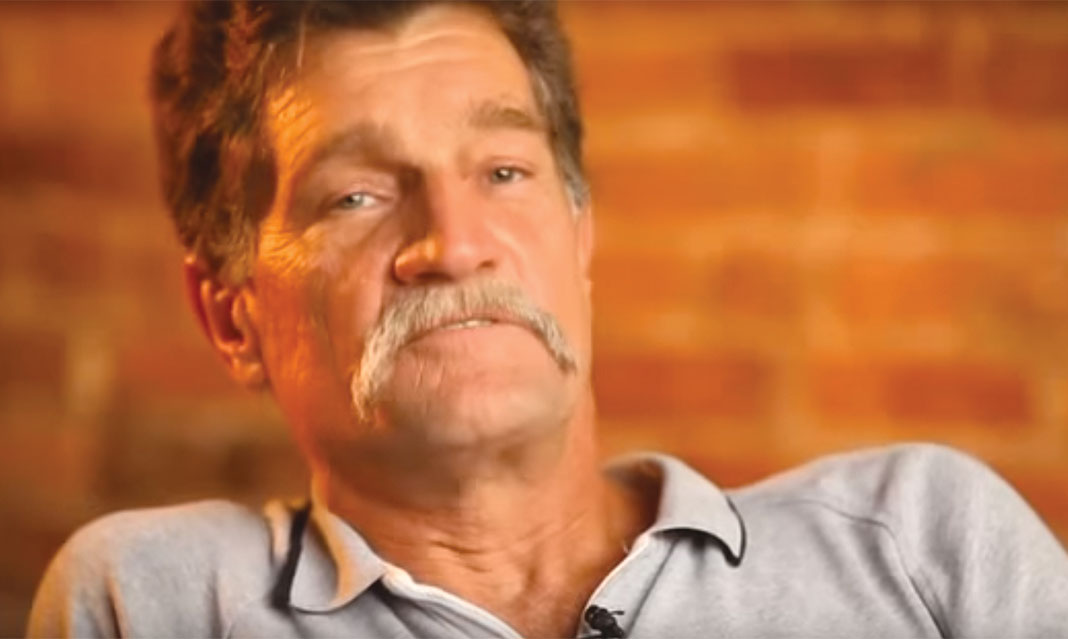Whenever Kirsti Haaka has nightmares, she can rely on the aid of her service dog Patty to bring her back to reality. Haaka, a law enforcement veteran, is one of many in her profession suffering from the debilitating effects of post-traumatic stress disorder.
After pursuing a psychology degree at UTM and further education at Niagara University in New York, Haaka’s career in law enforcement took an unfortunate turn when she witnessed and investigated a series of “horrific events”, leading to the development of her PTSD.
In the more recent years, Haaka has been involved in the creation of Code 9—Officer Needs Assistance, a documentary exploring and promoting awareness of mental health support needed for professionals in law enforcement. The documentary was funded through a 2012 Kickstarter campaign, after which Haaka became a co-producer and on-screen contributor, sharing her story and afflictions surrounding PTSD.
“[The documentary] was merely an idea from the wife of a retired New York State Trooper that something needed to be done to help first responders know that they are not alone,” says Haaka.
The documentary features interviews from officers, military officials, and first responders who have experienced the crippling effects of PTSD, such as anxiety and suicidal thoughts.
“I’ve had numerous friends involved in Iraq and Afghanistan who [have said] that police work is even more difficult,” says Vito Vincelli, an officer in Binghamton Police Department who was featured in the documentary. “Combat is a set amount of time that ends, while being a cop is a 20-year career,” he explains.
“People dying in your arms, people [being] burnt alive […] Those sounds and sights, they never leave you,” says Sergeant Jag Soin of the RCMP. “There comes a point when you fracture.”
The statistics are startling. According to the Centre for Suicide Prevention, 9.2 percent of the Canadian population will experience PTSD during their lifetime. Among first responders, 22 percent of paramedics will develop PTSD during their life time. Even more shocking is the fact that 22 first responders committed suicide in 2015 alone.

For Haaka, the persistent effects of the disorder have led her to seek continuous treatment; in addition to a hospitalization, she regularly takes medication and attends therapy.
“I think the greatest challenge I have faced is not being able to work at a job that I loved. I lost the ability to function in any job,” she says.
Fortunately, Patty assists her with the overwhelming feelings of the disorder. Haaka says that working, playing, and taking walks with Patty encourage her to enter a more “positive emotional state”. She also says that Patty guides her through crowded areas, helping her avoid overwhelming situations and negative changes in her emotional state.
In terms of the improvement needed in the treatment of mental health in law enforcement, Haaka encourages police services to assist their employees who are struggling.
In addition, she is in favour of a suicide prevention program that “educate[s] employees to seek help rather than end their life by suicide”. Moreover, she advises those who are interested in pursuing a career in law enforcement or public safety to emphasize the importance of mental health just as much as physical health.
However, Haaka is not alone in thinking that more should be done for Canada’s first responders. MPP Cher DiNova is in the process of passing a bill that amends the current Workplace Safety Insurance Act. Her bill aims to provide more benefits and care to first responders. After all, if first responders assist us during our time of need, shouldn’t we assist them during their own crises?



